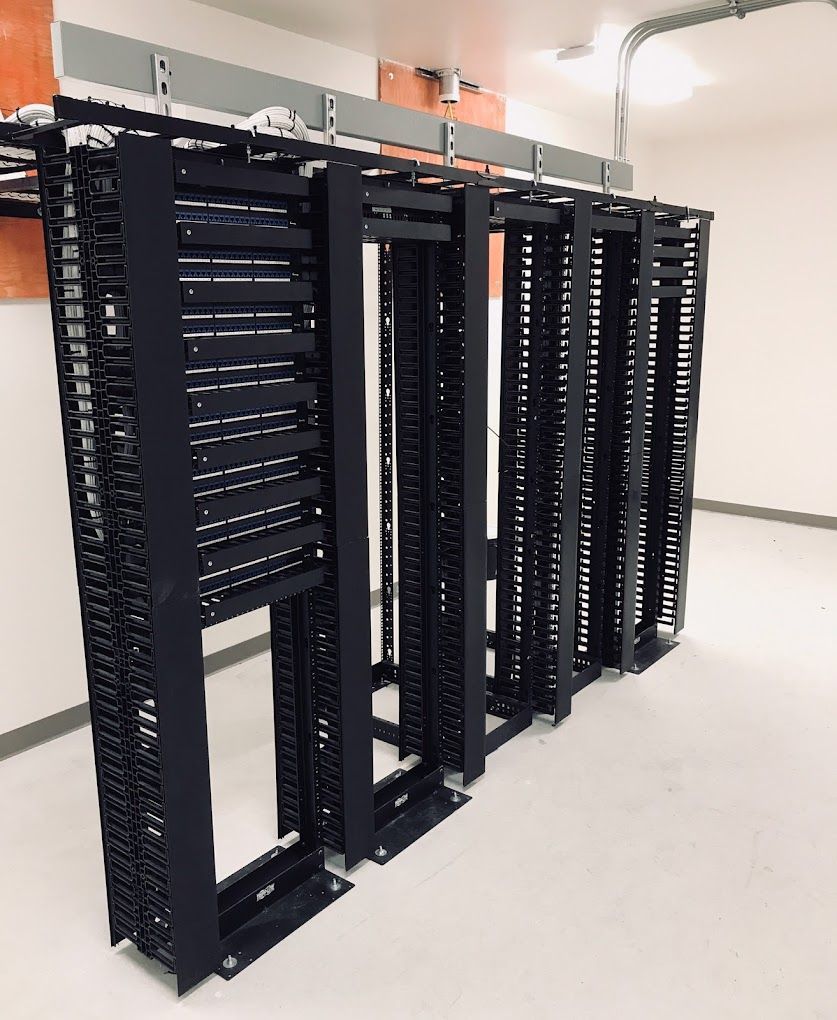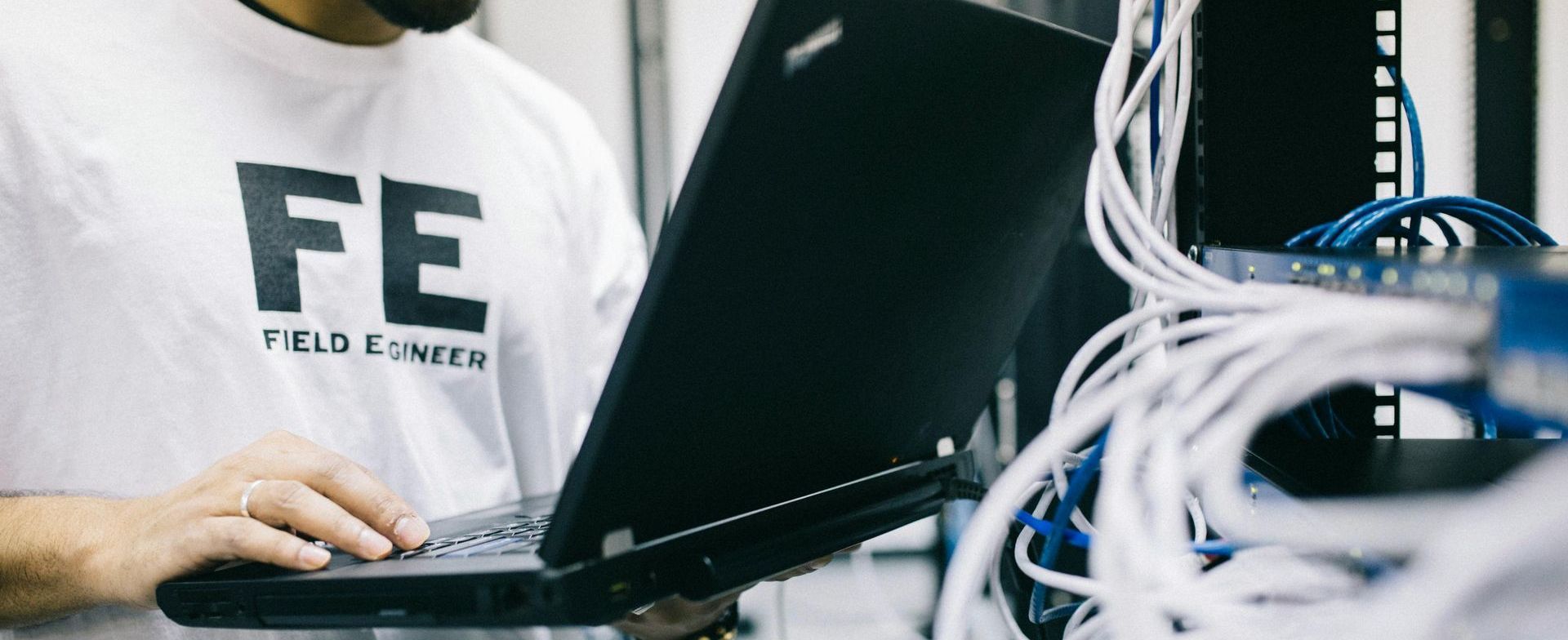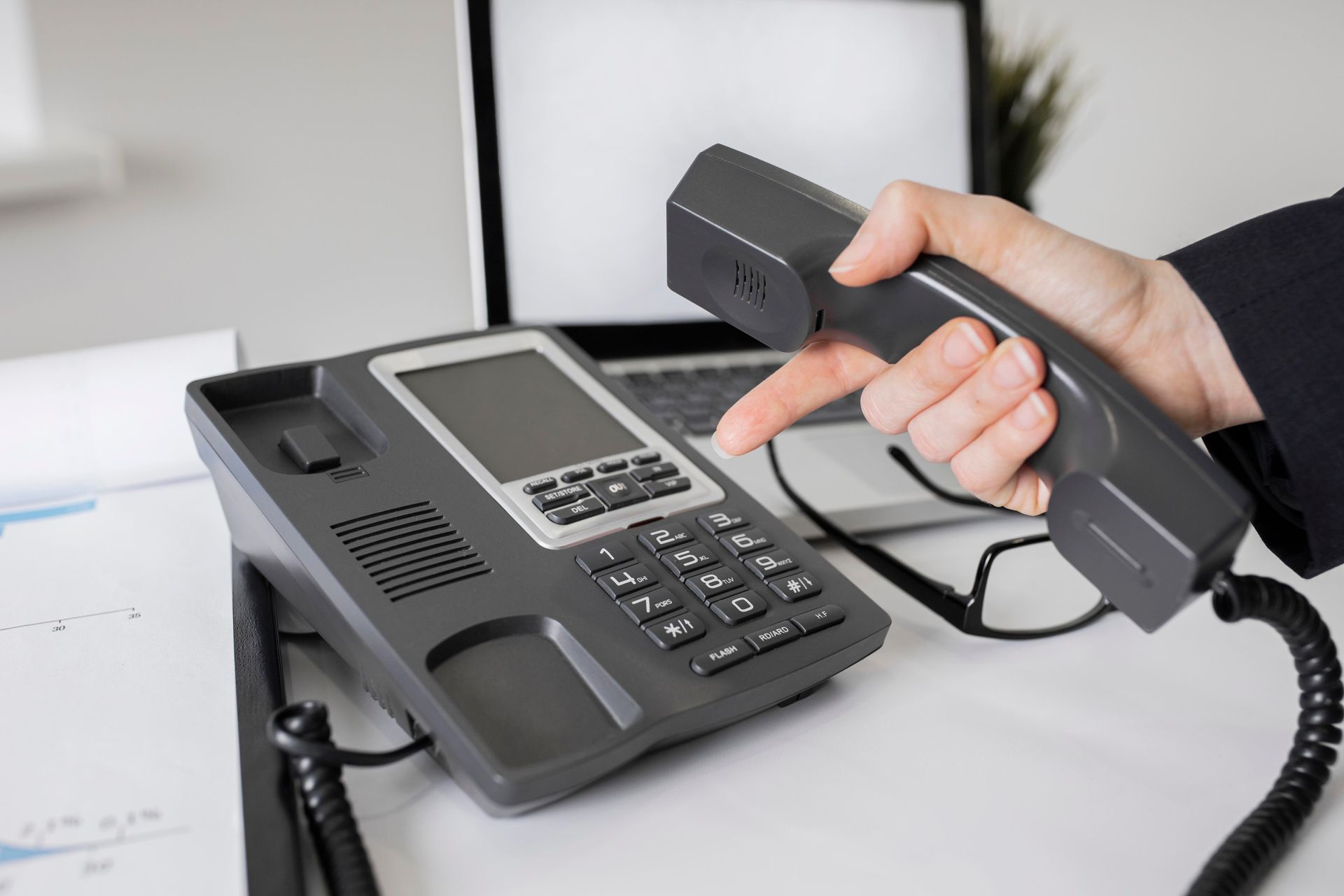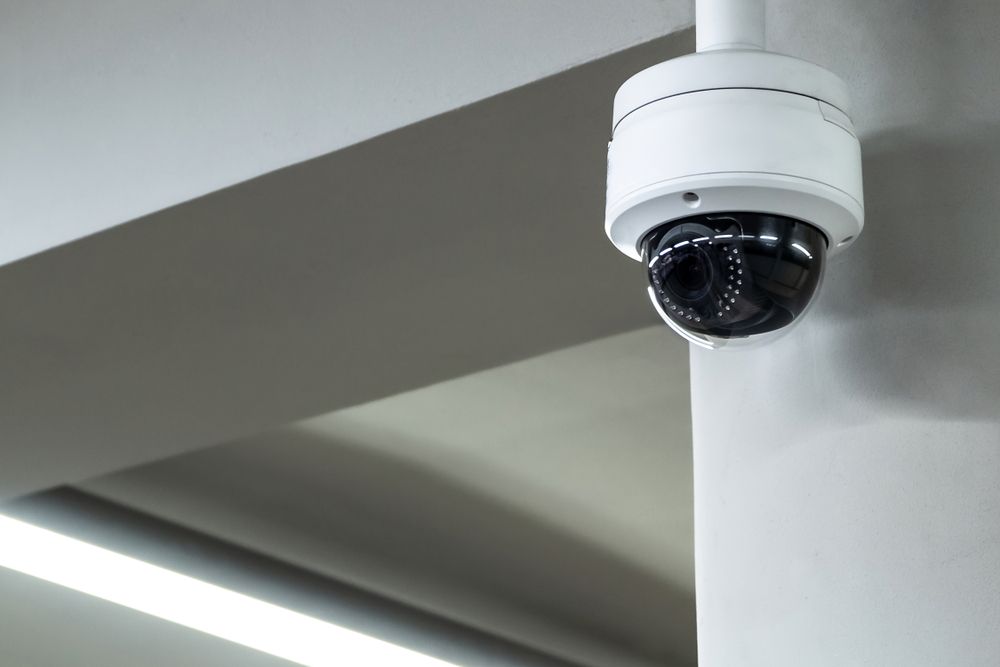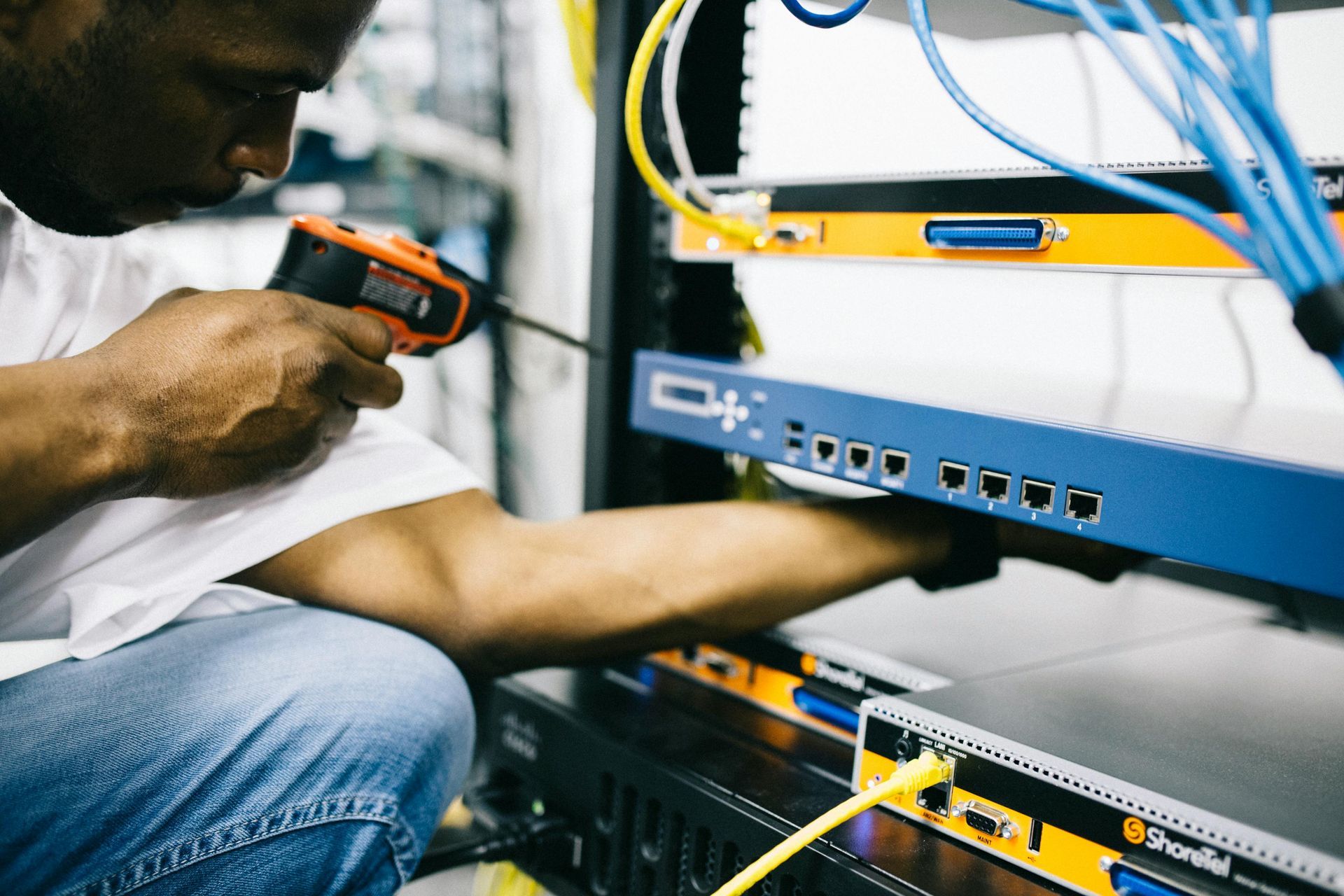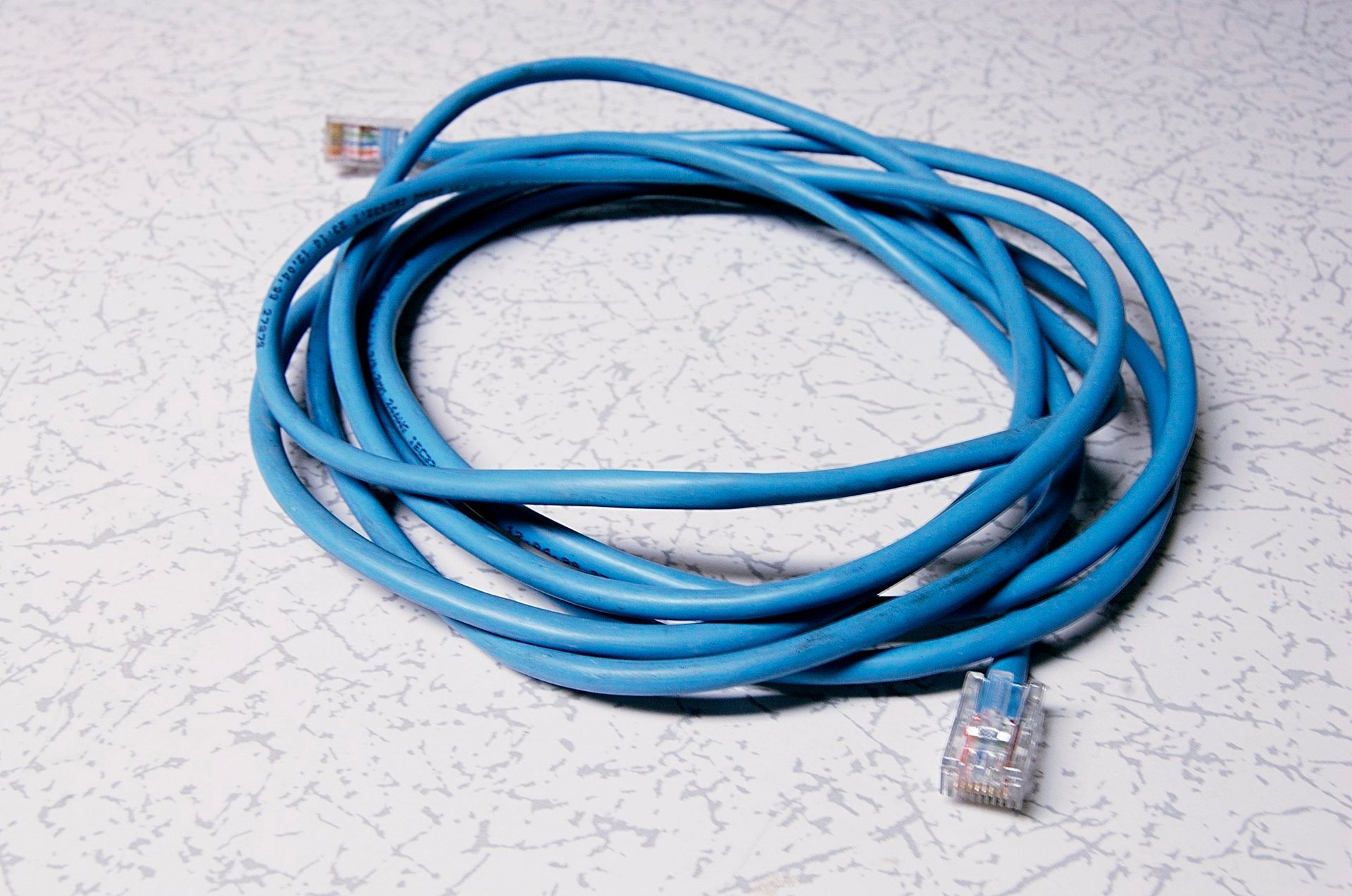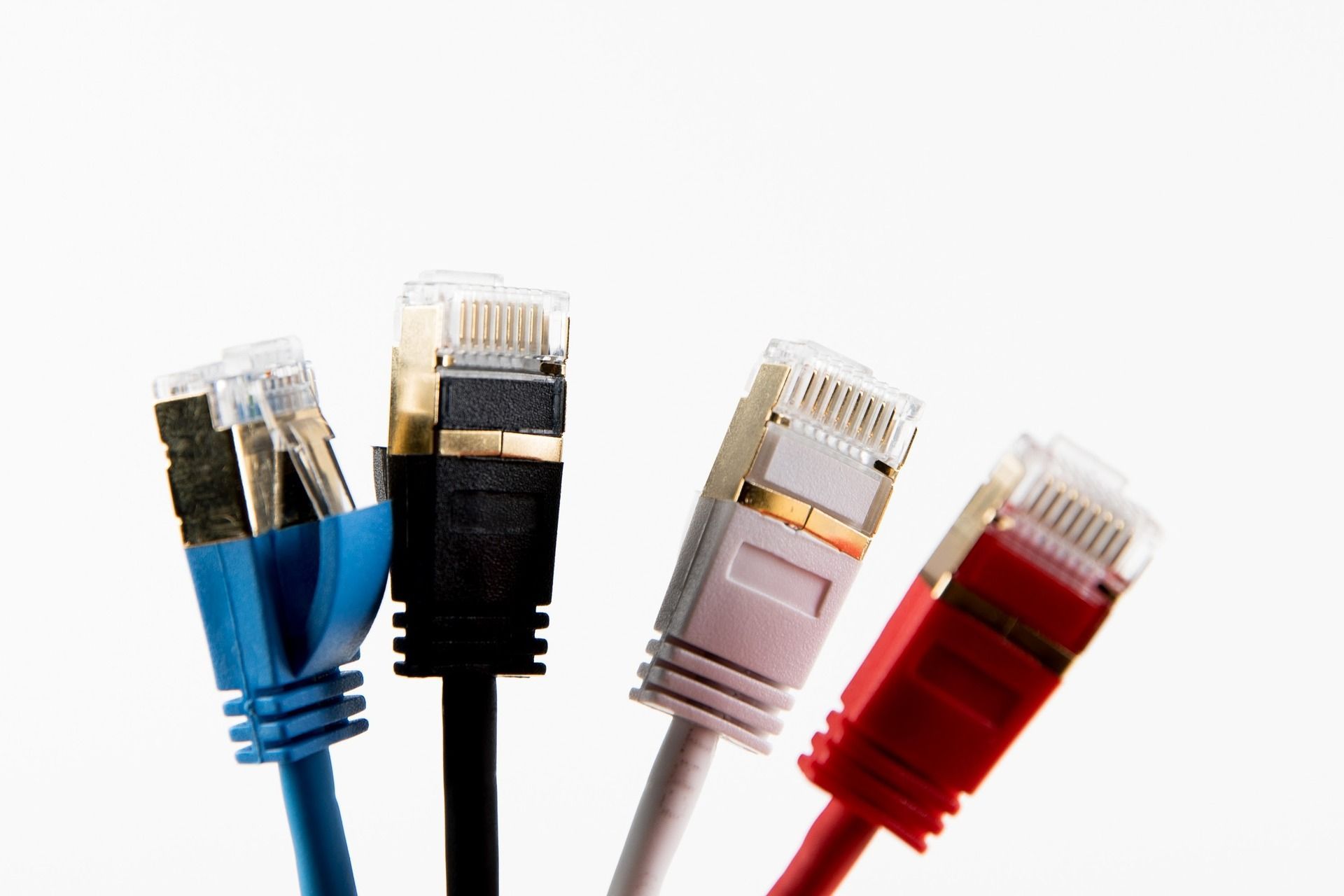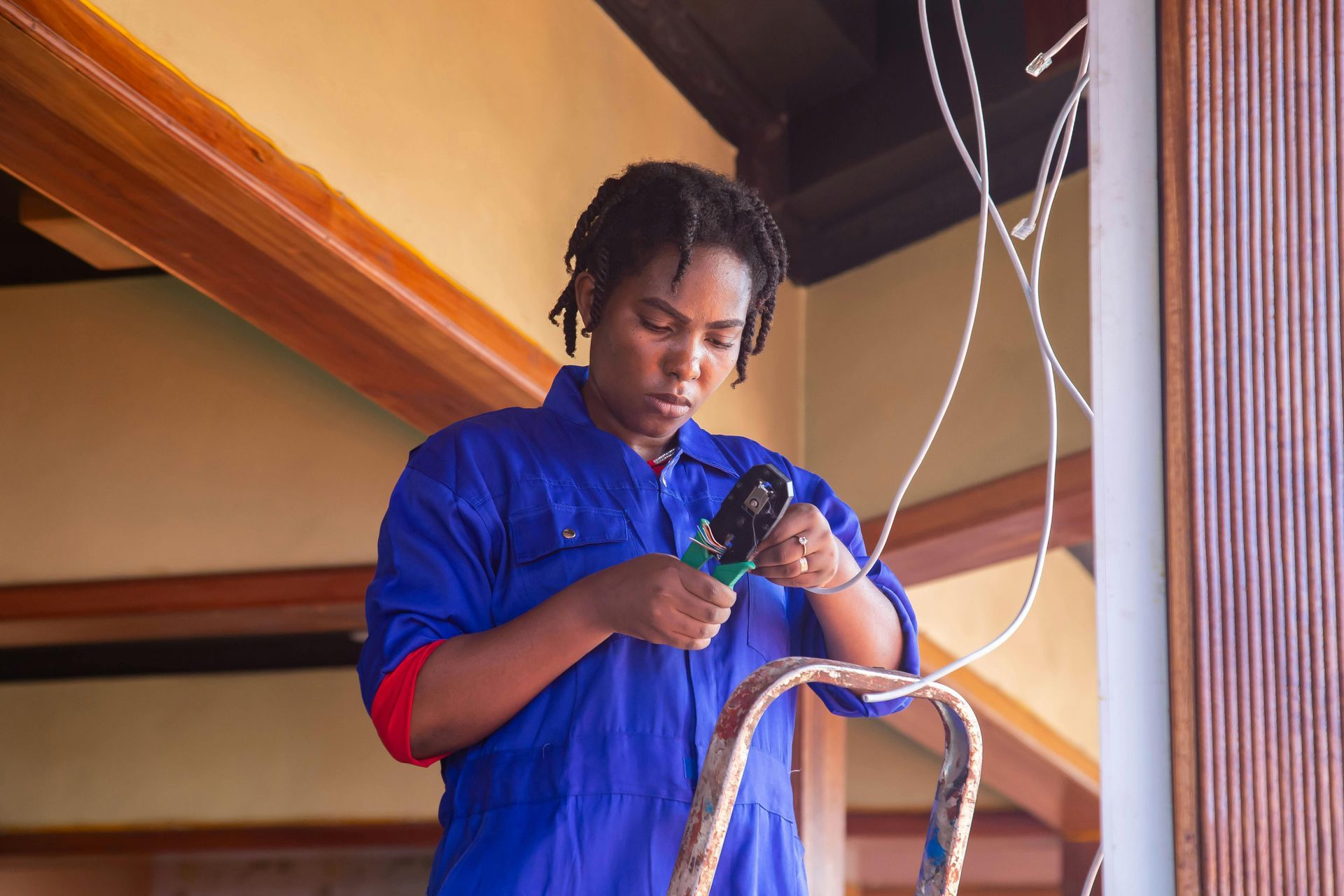The Risks of Excessive Bending in Fiber Optic Cables
Avoiding Damage from Excessive Bending in Fiber Optic Cables
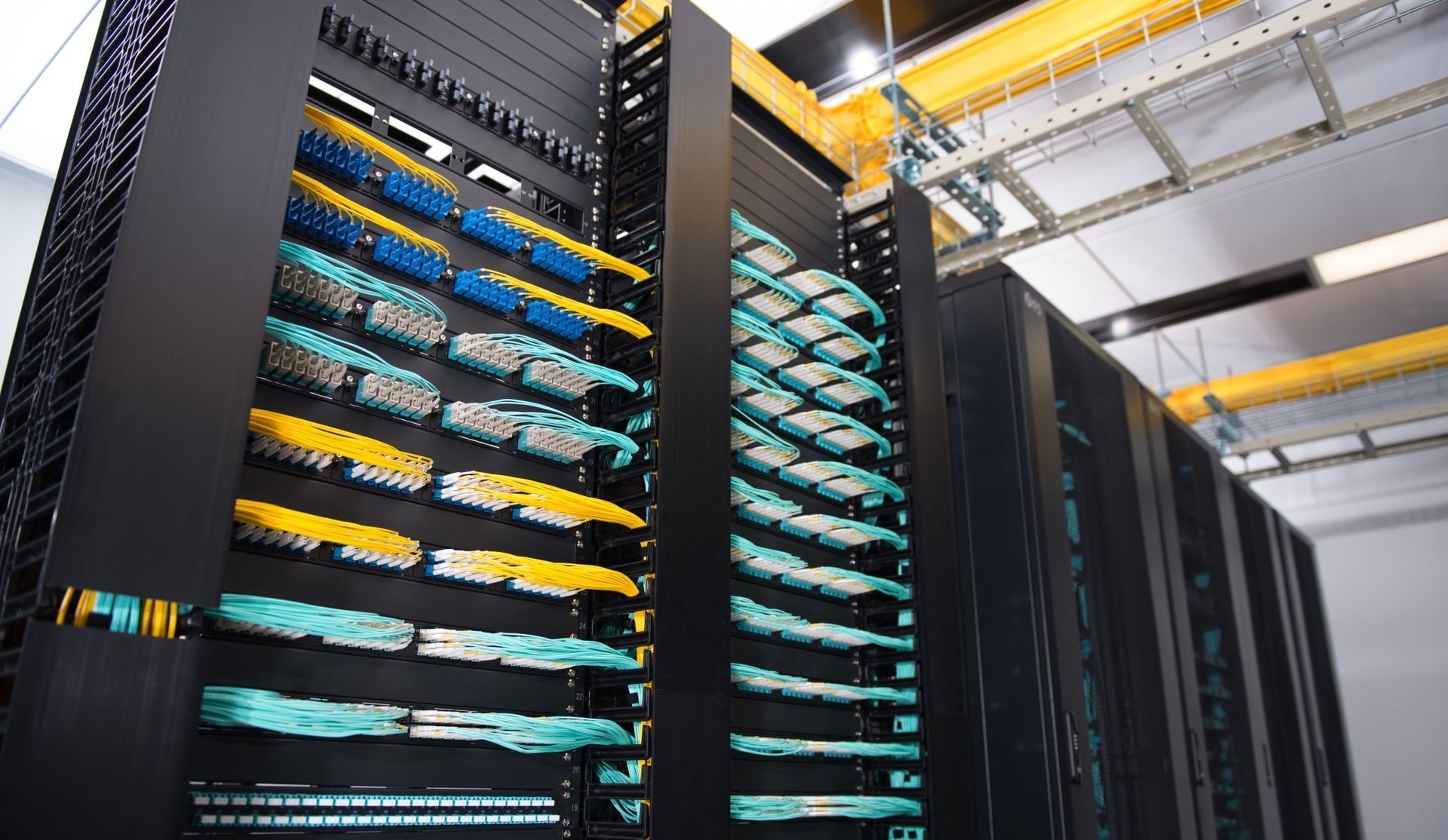
Fiber optic technology is integral to high-speed communication networks, but it requires careful handling to maintain integrity and performance. Excessive bending beyond a cable's minimum bend radius can lead to physical and functional damage. This blog discusses the repercussions of improper bending and provides guidance on how to prevent such issues.
Consequences of Over-Bending Fiber Optics
When fiber optic cables are bent more sharply than recommended, the internal fibers can break or develop micro-fractures, leading to:
Reduced Signal Quality: Noticeable deterioration in signal transmission, including lower speeds and data loss, often results from bending-induced damage.
Visible Damage Indicators: Kinks or severe bends in the cable's path are telltale signs of improper handling.
Frequent Communication Errors: Sporadic or regular data transmission errors can also point towards damaged fibers.
Strategies to Minimize Risk of Fiber Damage
Follow Bend Radius Guidelines: Heeding the manufacturer’s minimum bend radius guidelines during cable installation and maintenance is crucial.
Implement Robust Cable Management: Using designated cable management systems can help preserve the correct curvature of the cable without stressing the fibers.
Routine Cable Checks: Regularly examining the physical state of fiber optic cables can help catch and correct bending issues before they escalate.
Training for Handlers: Providing proper training to those involved in the installation and upkeep of fiber optics is vital for preventing mishandling.
Wrap-Up
Maintaining the physical integrity of fiber optic cables is essential for the reliability of any high-speed network. Understanding the critical nature of fiber optics and employing effective handling and maintenance practices can significantly extend the life and performance of these key communication lifelines.

Access Cabling & Security Copyright © 2023 All Rights Reserved | 1840 Gateway Drive San Mateo, CA 94404

